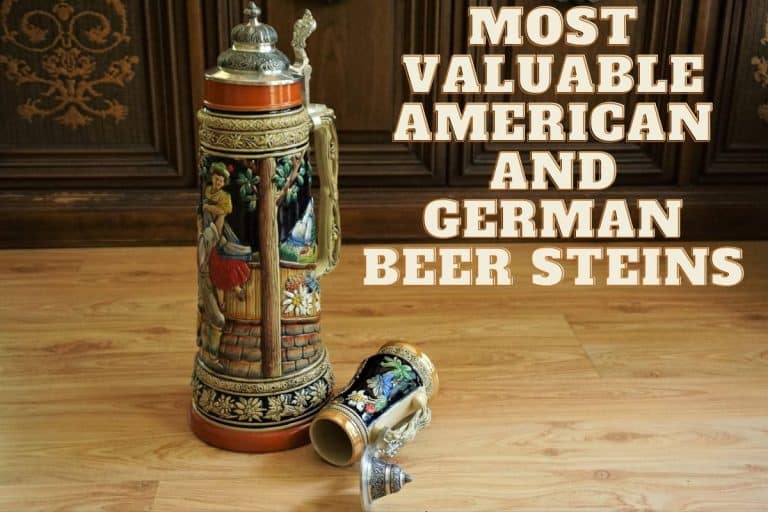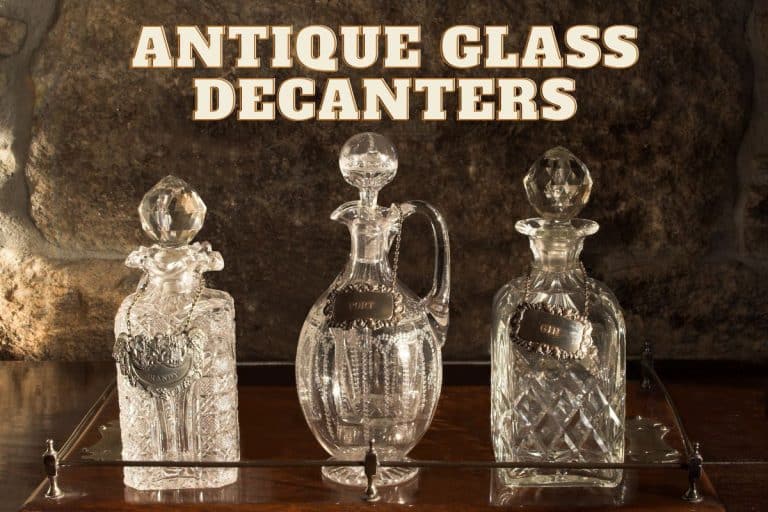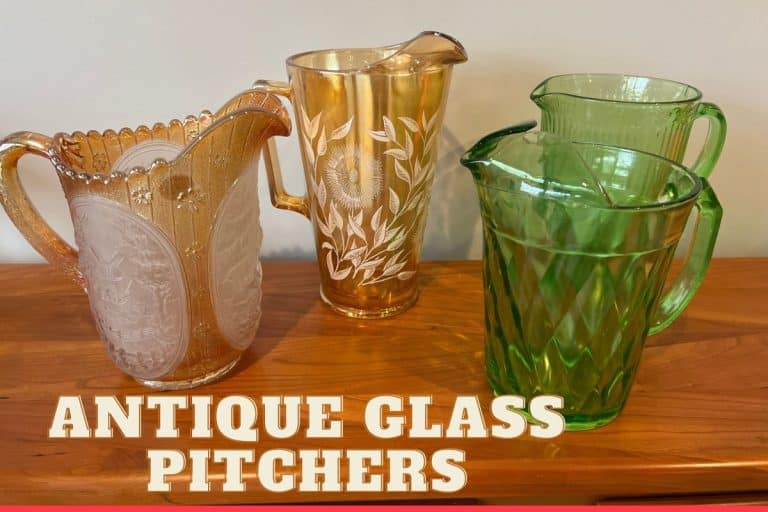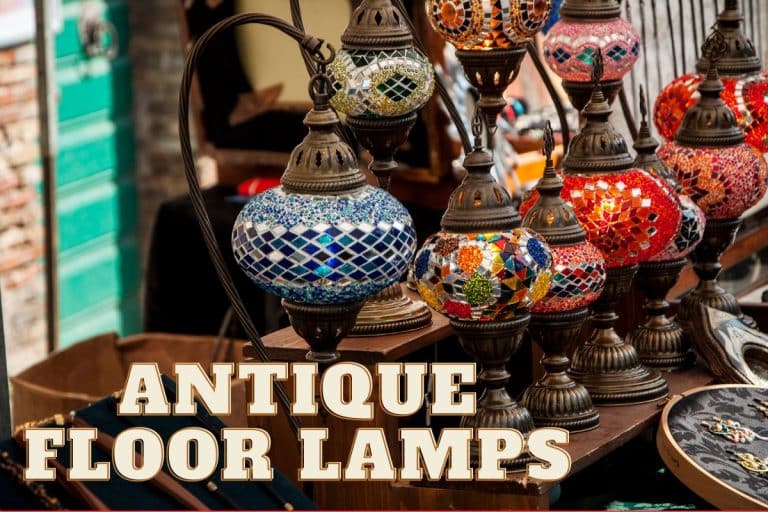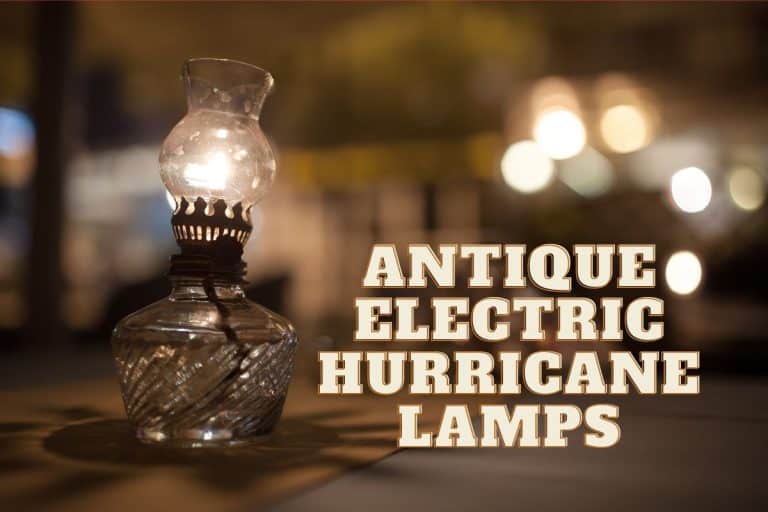Cut glass is a priceless item to add to your collection. However, you’ll have to look for pieces that were cut and polished with the most workmanship. You can use these guidelines and techniques to identify and value authentic antique cut glass patterns when buying cut glass. Keep reading to learn more.
Even though cutting glass is still practiced, pieces made during the Brilliant period with antique patterns are precious and in high demand. They were made by highly skilled craftspeople who produced sparkly and aesthetically pleasing pieces. Therefore, if you have cut glasses, there is a high chance you own some antique pieces with unique patterns. These pieces can fetch a great price in the antique market. In this guide, we’ll show you how to identify antique cut glass patterns and determine their value.
What are Antique Cut Glasses?
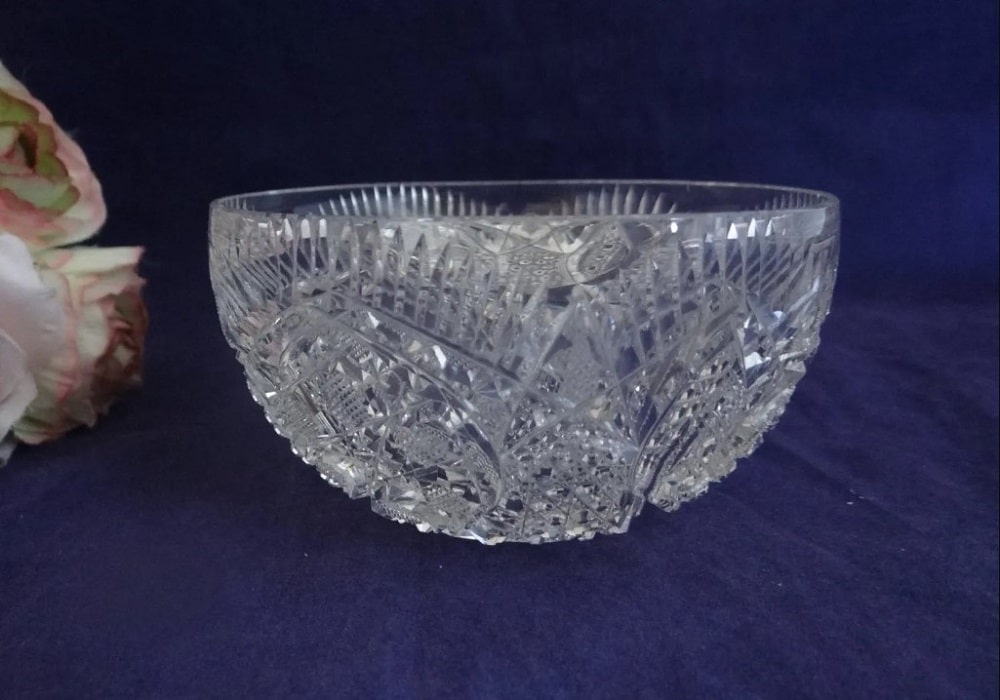
Antique cut glasses are a century or elder. They are thick, heavy, deeply cut, and clear with distinguishable patterns. Fine craftspeople carefully crafted these glasses and made them with high-quality glass that retained their quality even a century later. They worked and reworked these glasses to produce signature designs that collectors highly prize them.
History of Cut Glasses
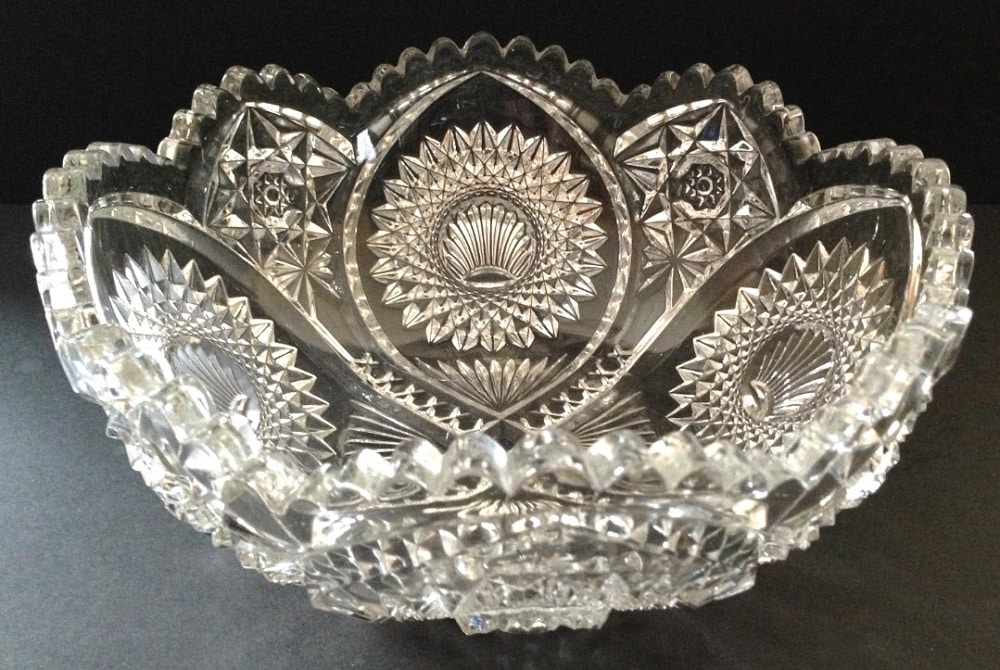
Cut glass gained popularity during the Brilliant period, which was the late 19th century. During this period, cut glasses were decorated entirely by hand using rotating wheels. The craftspeople used geometric patterns to carve fine designs into smooth glass surfaces.
Since the glass contained around 40% lead, cutting through it without smashing it was easy. This intricate, detailed technique led to fine antique cut glasses with pleasing patterns that brilliantly reflected light.
Therefore, cut glasses became a luxurious commodity purchased exclusively by wealthy people. They also became favorite gift items for weddings and Christmas. However, after the onset of World War 1, the cut glass industry declined due to the reduced need to make luxurious items like cut glass. This made them
Types of Antique Cut Glass
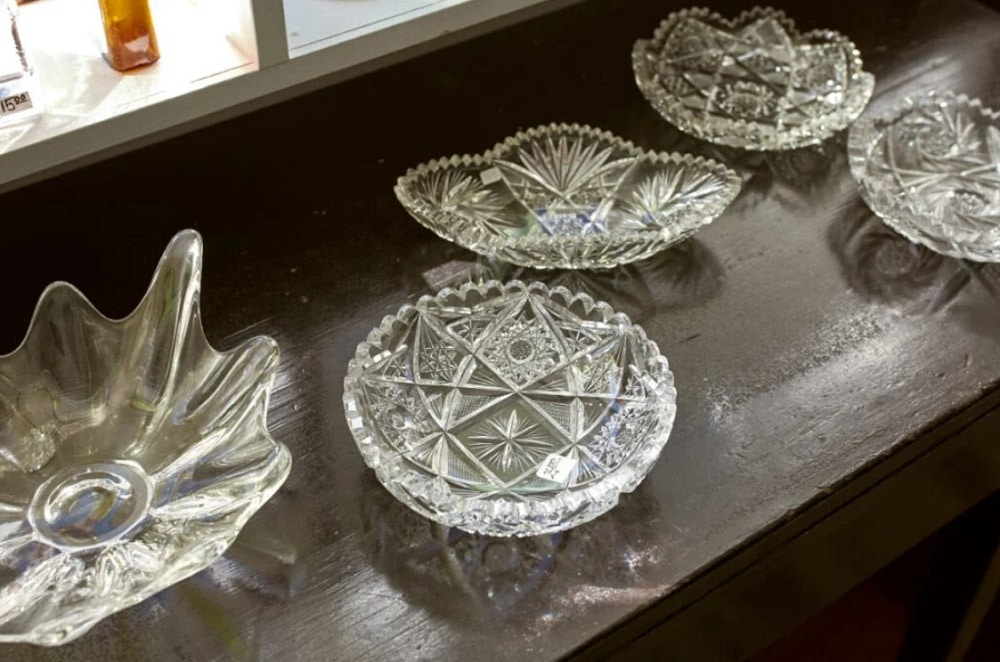
There are different types of cut glass patterns considered to be antique. You can identify the manufacture or date of manufacture by inspecting the bottom or base of your cut glass. Some of the common cut glass manufacturers with the most sought-after antique cut glass include:
- Strauss
- Baccarat
- Hawkes
- Fry and Company
- Libby Glass Company
- Meriden
- Val St. Lambert
- Hoare and Company
- Dorflinger Glass Company
- Lalique
However, some pieces were marked with a paper label instead and may not have an identifying sign. Only those whose manufacturer marks were etched in acid could withstand the test of time.
Antique Cut Glass Patterns Identification

Antique cut glass is different from modern glassware. However, to be antique, a cut glass must be more than 100 years old. The glass-cutting technique used during this period had various geometric patterns that produced brilliantly unique designs on the glass. Therefore, by carefully examining a piece of cut glass, you’ll see clues that show its antique.
With that said, here are a few easy ways to identify an antique cut glass pattern.
- The Noise it makes: You should hear a bright, bell-like ring when you gently tap on an authentic antique cut glass.
- Visual clarity: Cut glasses have brilliant, highly reflective, and polished surfaces, and most cut lines are relatively deep. Therefore, holding the piece up to a window or light fixture should create a prism effect.
- Weight: Since cut glass contains a lead oxide, it’s noticeably heavier than standard glass. Therefore, you should weigh your cut glass against another piece of the same size.
Cutting glass designs have very sharp and fine cuts or patterns. They should follow a definite path and display much more finesse and accuracy of the desired shape.
Valuation of Antique Cut Glass

Every piece of antique cut glass is unique, and its value depends on various factors. Therefore, your piece may have a value of just a few dollars to hundreds of dollars. Here are a few factors that may determine the value of an antique cut glass.
- Its rarity: Rare-cut glass pieces are typically high in demand with inflating prices. Therefore, if you have a rare piece, its value would be considerably high.
- Assess the condition: The condition of the piece is also a crucial factor in determining its value. Check for any chips, cracks, or scratches that may affect the glass's beauty and functionality. The absence of damage can greatly increase the value of the piece.
- The manufacturer: Different manufacturers made different numbers of cut glass pieces and have varying reputations. Therefore, cut glasses from some manufacturers are more valuable because they produce fewer pieces and have a good reputation for their fine-cut glasses. Some well-known makers include Tiffany, Waterford, Steuben, and Baccarat.
- Determine the age: The age of the piece can also play a significant role in its value. Generally, older pieces are more valuable than newer ones. Look for signs of wear and patina that indicate the age of the glass.
- Beauty: Cut glasses that are aesthetically pleasing with complex patterns can have a higher value than the basic ones.
Generally, antique cut glass can be worth a lot, costing between $1000 to $100,000 when in good condition. The best way to determine the exact value of your piece is to consult an antique appraiser or cut glass expert.
How to Identify a Rare Antique Cut Glass?
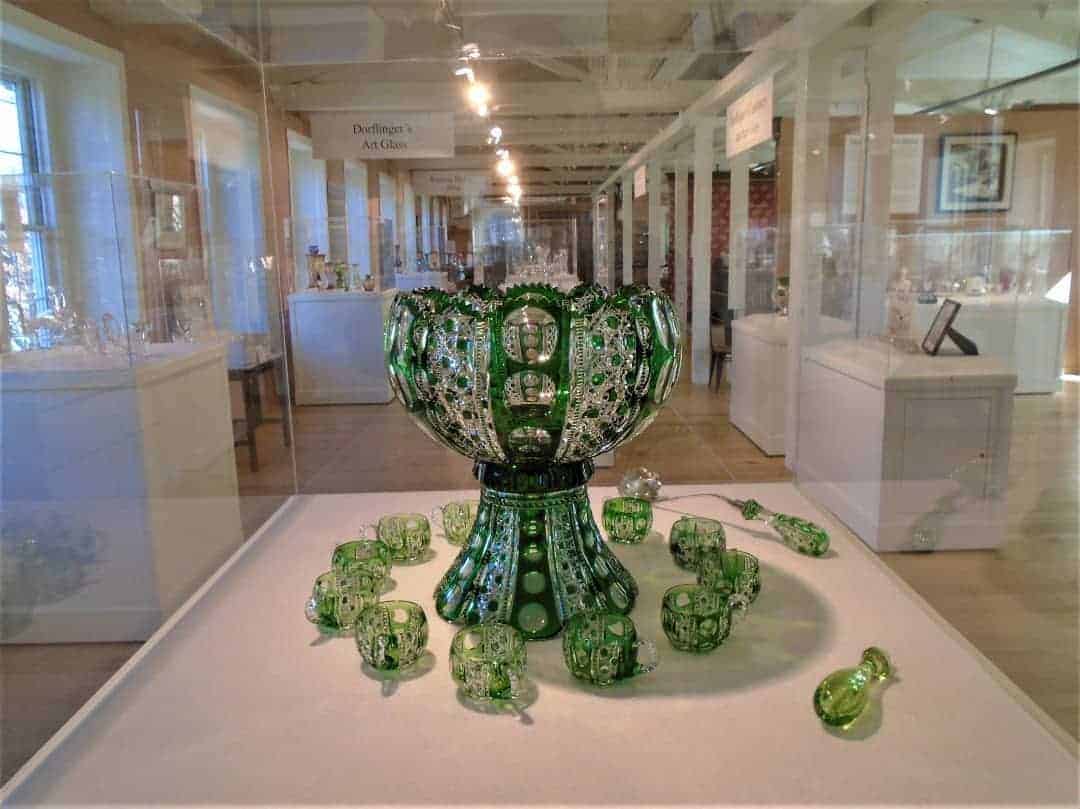
Generally, the rarity of glassware is a significant factor in increasing its value. Here are a few characteristics showing that an antique glass pattern is rare.
- Uncommon shape: In some cases, unusual handle shapes may lead to scarce, oddly shaped pieces.
- Unusual color: White, clear, green, and pink shades are quite common on glassware. Therefore, pieces with shades you’ve never seen can be rare and valuable.
- Bi-color: Pieces with two colors can be more valuable than those with a single shade.
Where to Buy Antique Cut Glass?
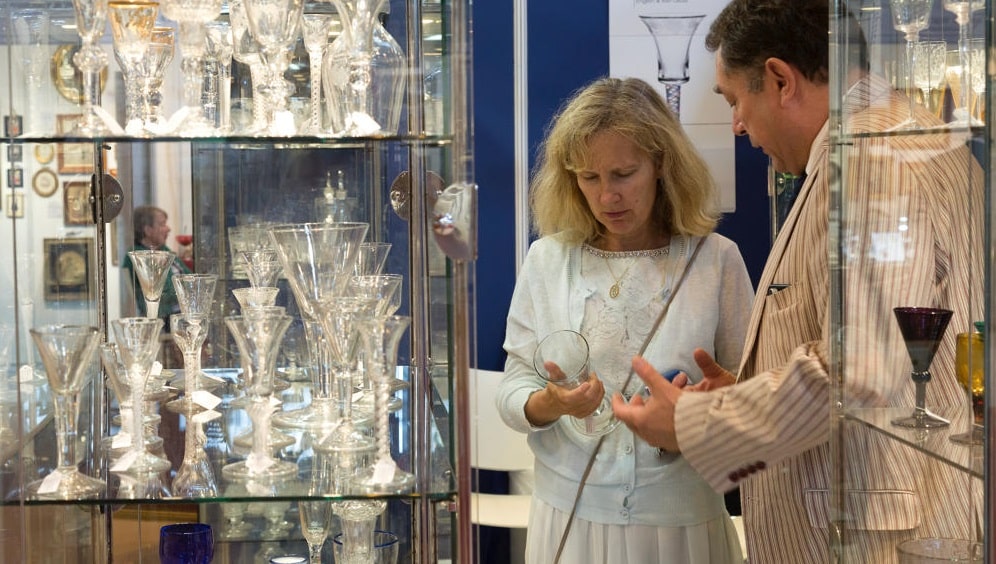
If you’re a cut glass collector, you can find authentic antique cut glasses in different places and platforms. However, starting with antique shops is advisable before expanding to various online sources. Here are some top places to buy your next antique cut glass.
- eBay: With a never-ending inventory, eBay allows you easily search and filter your results to find the best possible antique cut glass.
- Etsy: Etsy allows you to search for many excellent antique cut glasses. It also allows you to contact and consult sellers on their products. Therefore, you can ask for as many details as possible before purchasing.
- Auctions and antique shops are great places to help you examine and identify authentic antique cut glasses. However, you should carefully examine a piece before making a purchase.
Conclusion
Antique cut glasses have the special charm that makes them collectors’ favorites. They retain their clarity, sleek design, and intricate features. This complete guide has covered everything you need to identify, determine the value and buy an authentic antique cut glass.
We hope that you can now kickstart your cut glass collecting hobby. You should take the time to carefully analyze a piece to add only authentic antique cut glasses to your collection.

